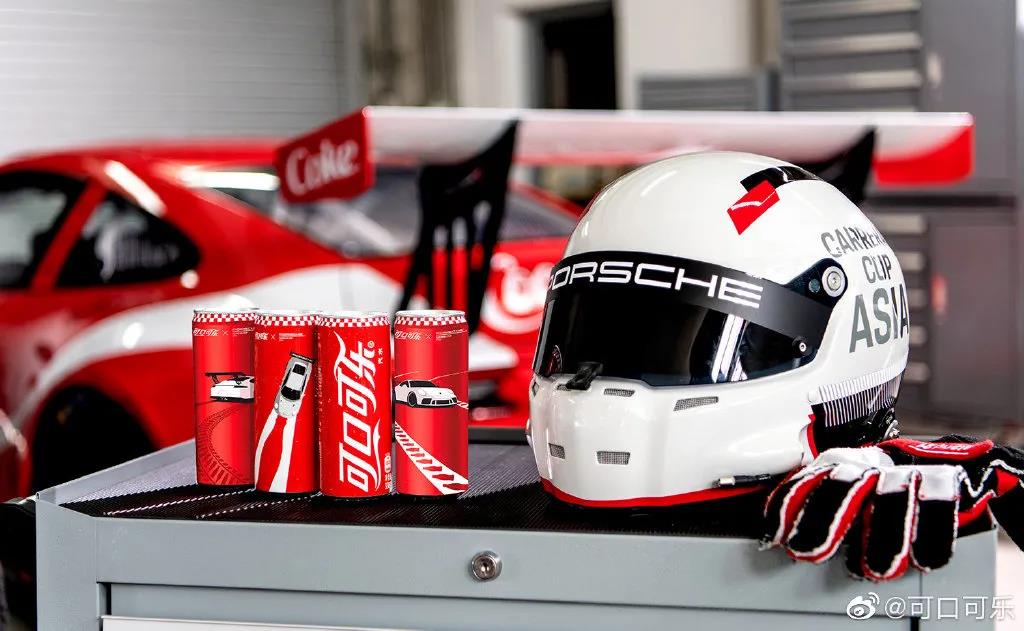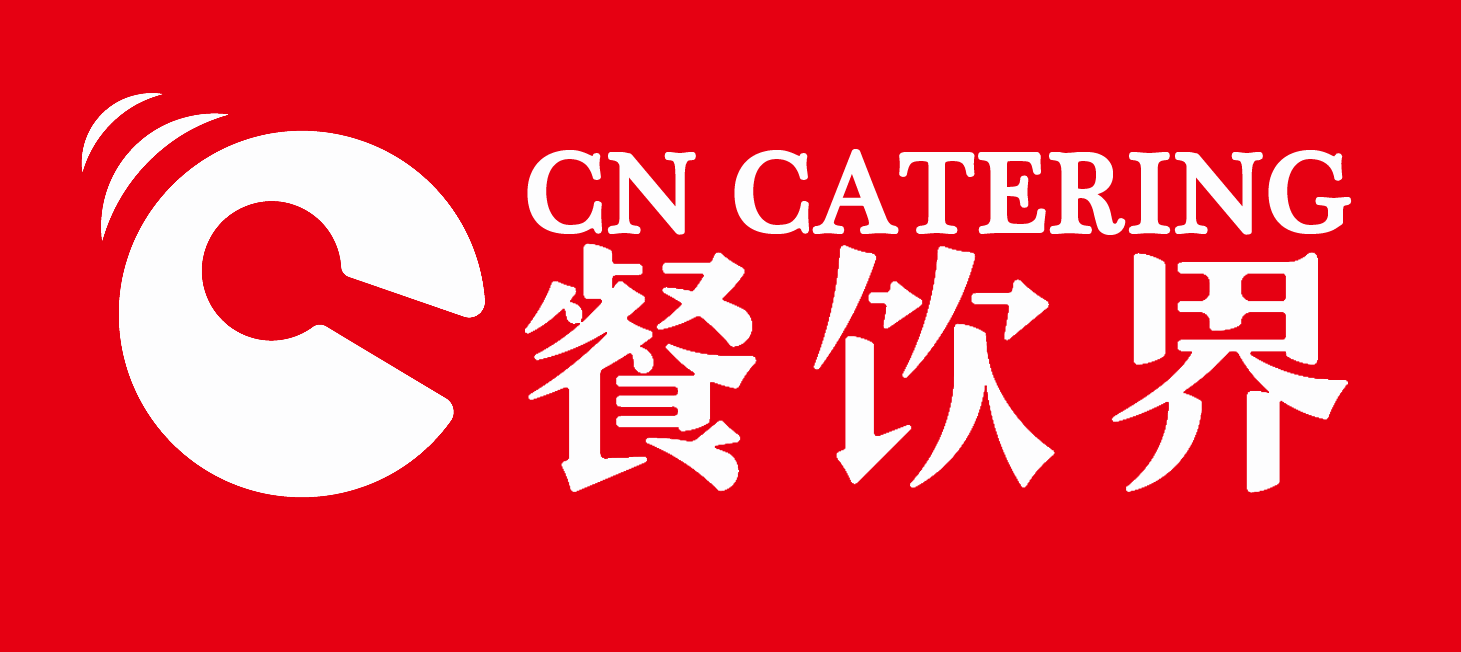Tea Yanyue Se, Hey Tea, Haidilao...what did the brands that line up every day do the right thing?Today's headlines

As the Z generation came to the center of the market and became the main consumer force, many "confusion behaviors" were born. When it comes to confusing behavior, the first thing to mention is "queuing".
Hi Tea, Haidilao, Grandma's, Nike, Starbucks...Always line up, order, and snap up. In recent years, Internet celebrity brands have emerged one after another, queuing, taking pictures, and sending out circles have become the standard "posture" for visiting online celebrity brands. It is not uncommon to queue for an hour or two in order to buy a cup of milk tea and a pound of dim sum. For example, Master Bao can queue for up to 7 hours, and Hey Tea can queue for 2 to 3 hours on average.
Some time ago, the tea Yan Yuese Wuhan store opened in line for 8 hours, and a cup of 500 yuan "grand event" once climbed up the hot search on Weibo, sparking heated discussions on social media and shocking many people's jaws.
"Queue" has always been regarded as an important "obvious indicator" favored by users for a brand, especially in the catering industry, which allows customers to line up willingly to hold the "number plate" of waiting positions, which to some extent also reflects The operating conditions of the enterprise.
In this era when new products are born every day, how to make your own brand stand out and become a favorite of consumers is a problem that every brand cares about. Why are they doing the same brand? Heytea and Starbucks do not even have serious advertisements, and their business is booming every day. What are these popular brands doing right? What kind of marketing logic is behind the queuing?
ONE
In the long queue atmosphere
Increase consumer confidence in the product
Earlier studies have shown that "long lines" will make people more confident in the quality of the product itself.
Take catering brands as an example. In the field of catering, ordinary people's taste perception is not really clever, they can distinguish the taste differences of different brands of drinks, and they can't really taste the difference.
The so-called "good drink" of all kinds of drinks comes from the quality of the drink itself, and the eighth is based on various labels and environmental renderings. In this case, the popularity of the queue will encourage consumers to have confidence in the quality and taste of the drink, and it is true. Reflected on one's subjective sense of taste.
This is the same as going to a restaurant for dinner. Going to a restaurant to eat is actually a social behavior. In other words, what you eat is important, who you eat with, and what kind of environment you eat in. The taste of the product is also one of the influencing factors.
Two classic cases: Pepsi has repeatedly claimed that in the double-blind test, consumers actually prefer Pepsi's taste, but actual research has always shown that consumers prefer Coca-Cola. It was not until the application of neuroimaging technology to the marketing field that researchers discovered that for a young brand like Pepsi, consumers would only activate the sweetness-related reward zone when drinking.

However, when drinking Coca-Cola, the hippocampus and DLPFC related to memory in the consumer's brain are significantly activated, and the nostalgia for the brand directly affects consumers' judgment of the "good" drink.
In addition, the price tag will directly affect our nervous system's pleasant feelings, which will distort the evaluation of the taste of the product. Even a professional wine taster will mistakenly believe that this is the same red wine with different price tags. They are two different kinds of wine.
TWO
Targeting consumers' "insensitive to time" traits
Precise strike
Whether it is consumption level or consumption concept, young people have become the main force of consumption in the market. Most Internet celebrities/well-known brands are targeted at these young people. They have certain financial capabilities, are willing to try new things, have a strong ability to share independently, and are not sensitive to time.
Last year, Starbucks launched a new cat's claw cup. Some people started to line up for it in the early morning, and even set up tents. After that, some sane cat's claw fans moved from offline stores to online second-hand platforms, which quickly soared to 600+ on the same day. Yuan, you have to know that this cup sells for only 199 yuan in Starbucks stores.
When it comes to online celebrity products that make young people line up frantically, the Cat Claw Cup is not the first.
Every time a classic re-enactment of Jordan shoes is made, there are always people in line at the door. Due to the large quantities of goods being hoarded by shoe dealers, a new online career was born, called AJ Professional Fighting.
Going back, the iphone mobile phones were new models every year, and the fruit fans also queued up one day in advance, and the scene was extremely spectacular.
Some industries are very taboo to keep consumers in long queues, such as convenience stores, airlines, etc. As long as there is a long queue, emergency plans are almost immediately activated to reassure customers. The reason is that the corresponding customers are very strong. The practicability requirements are very sensitive to time cost.
The above brands are not the case. The customers they target are students who come to consume when they are idle, or a real "leisure class", rather than social animals that gather wool in groups.
Therefore, the hedonic characteristics of these brands determine that the customers they target are not sensitive to time cost, and the queue itself helps to screen out genuine repeat customers.
THREE
Use herd mentality to satisfy users' sense of belonging
Create the illusion that demand exceeds supply
Queuing is a thirsty marketing routine. The queuing process can meet the needs of human beings.
The biggest characteristic of human beings as social animals is conformity, and the most satisfying need of conformity is a sense of belonging-doing the same behaviors as everyone else uniformly makes me feel that I belong to this group.
And queuing up with everyone to buy a well-known online celebrity product, this queuing process is a kind of satisfaction of belonging needs. Interestingly, for some people who are not very confident in social activities, this marketing strategy is especially effective in reverse: others have tried to line up to buy this online celebrity milk tea, if I have not experienced it, wouldn’t it be too outdated? I was embarrassed to talk at the party.
The initial popularity of Hey Tea relied on this hunger marketing strategy.
The so-called hunger marketing is to use the trend of human pursuit of fashion and conformity to create an illusion that demand exceeds supply. "What everyone likes is definitely not bad" is the inner OS of many people. Therefore, in the early stage of business, Hey Tea used this psychology to deliberately control the number of people in the queue, which has a chain reaction, attracting more people to discover its own store, and then come. Onlookers or early adopters, to achieve the effect of increasing passenger flow.
Picture This strategy is very effective for a start-up beverage brand, and the milk tea of Xicha itself is also very distinctive. It not only created cheese tea, but also developed a well-received freshly brewed tea. The quality of the product, coupled with the good selection of the pre-marketing strategy, made Hey Tea soar and transformed, becoming a "good heart" for young people.
Of course, queuing itself does have some positive effects that can truly enhance the experience of some consumers, and it is understandable that merchants use this effect to conduct appropriate marketing. However, even if the queuing caused by people deliberately uses the label brought by the "queuing culture" to gain exposure for a while, it will not last long if the products and services cannot reach the industry benchmark.
FOUR
Set the threshold
Deepen brand recognition in difficulty
Compared with products of the same quality but low-handedly obtained, the former will give consumers a higher recognition. This is an important part of the theory of cognitive dissonance—"the defense of painstaking effort".
Social psychologists have long used experiments to show that joining an organization after experiencing a harsh test will give people a higher sense of identity than an organization that does not require any test, even if the former's so-called harsh test is fundamental. It's ridiculous.
After decades of evolution, similar methods have long been used by merchants and fan circles so that they can consume the products of this brand after they have experienced a threshold to attract suitable consumers, and let them and other brands of consumers openly confuse them. The constant quarrel deepens the recognition of the brand.
Therefore, sometimes queuing will create a psychological illusion for users. A scarce product bought through untold hardship will create a sense of superiority — "I got what others didn't get."
Because you have paid the time cost, once the quality of this product is good, it will not break your inner psychological limit. You will continue to strengthen your self-awareness. This is a good product, and you will have a strong motivation to spread.
to sum up
It can be seen that queuing is not just a trend, it is also a marketing metaphysics, containing many unknown underlying logic. It is undeniable that mastering these logical laws can indeed add icing on the cake for brand marketing!
But now, with the transformation and upgrading of consumption, consumer demand has changed from "satisfying to eating well", and more emphasis on experience. For brands, “customer queues” should not be regarded as the secret of success. Through continuous optimization and improvement to bring consumers a better experience and service, and enhance their own hard power, they can finally win the market.
All in all, the brand must continue to develop and ultimately serve people. The "queuing culture" is just a marketing method, but it is certainly not the only method.
免责声明:1.餐饮界遵循行业规范,转载的稿件都会明确标注作者和来源;2.餐饮界的原创文章,请转载时务必注明文章作者和"来源:餐饮界www.canyinj.com",不尊重原创的行为餐饮界或将追究责任;3.投稿请加小编微信toutiaoxiansheng或QQ1499596415。4.餐饮界提供的资料部分来源网络,仅供用户免费查阅,但我们无法确保信息的完整性、即时性和有效性,若网站在使用过程中产生的侵权、延误、不准确、错误和遗漏等问题,请及时联系处理,我们不承担任何责任。
 扫码关注餐饮界微信号
扫码关注餐饮界微信号
- Are you still willing to devot
- Michelle Ice City, the "B
- Selling pancakes to earn 1 mil
- Goubuli Baozi's last store in
- Is the catering brand sinking,
- Guangzhou Catering: Unblocking
- Tudou Group joins hands with t
- With another $250 million in i
- Earnings increase year after y
- In the off-season for takeaway


 Media
Media


